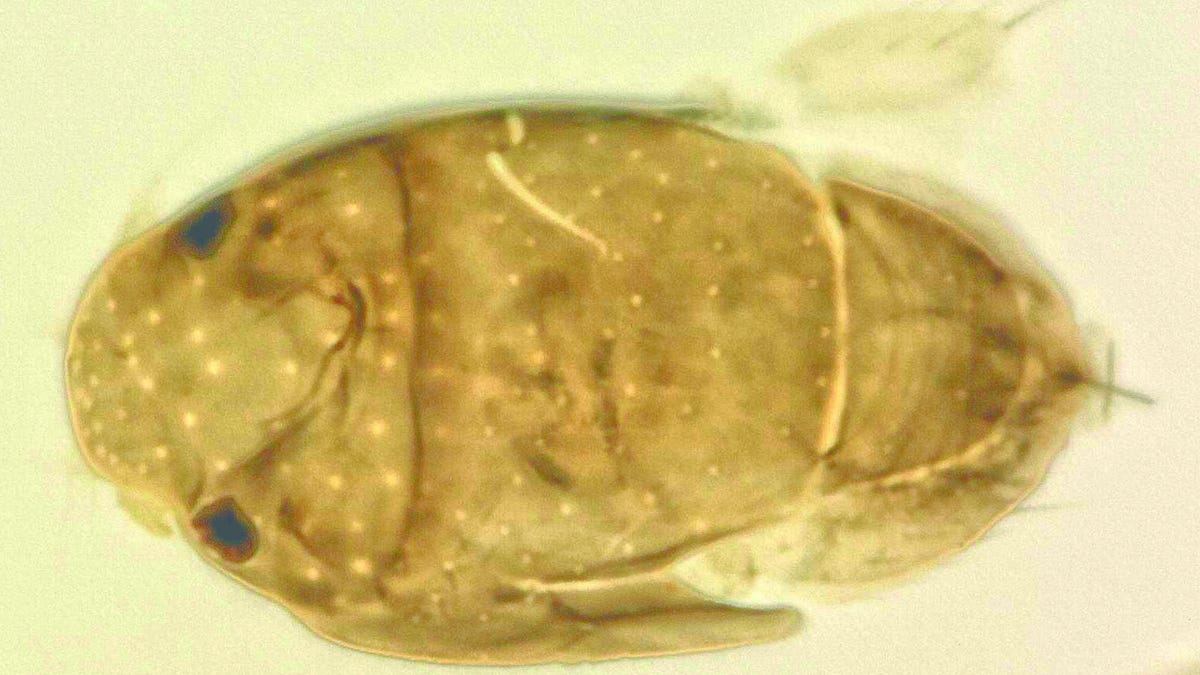'Big-armed fly' species named after Arnold Schwarzenegger
A fly that may be the world's smallest gets named after a very big celebrity thanks to its oddly oversized legs.
Some newly discovered species pretty much name themselves.
Entomologist Brian Brown with the Natural History of Museum of Los Angeles County discovered a new fly species in Brazil. "As soon as I saw those bulging legs, I knew I had to name this one after Arnold," he says, citing the body builder, action star and former governor of California Arnold Schwarzenegger's impact as a cultural and political icon.
This illustration gives a better look at the fly's "big arms."
Schwarzennegger himself acknowledged the naming on Twitter, writing, "Thanks for the great honor, Dr. Brown. Now I'm committed to making sure we get your thighs as muscular as the fly's!"
While Schwarzenegger is know for his muscled-up body, the insect, now named Megapropodiphora arnoldi, may actually be the world's smallest fly.
Brown published a research article on the fly this week in the Biodiversity Data Journal, where he describes a female fly measuring in at a mere 0.395 millimeters (about 0.016 inches) in length.
The newly discovered fly is just slightly tinier than the previously known smallest fly, which Brown also described in a paper in 2012.
Despite its diminutive size, Megapropodiphora arnoldi sports enlarged forelegs, though its other legs and its wings are very small. Brown suspects the parasitic insect may use those legs to grab onto its host.
Brown also had a personal reason for naming the fly after Schwarzenegger, saying "his autobiography gave me some hope that I could improve my body as a skinny teenager."


